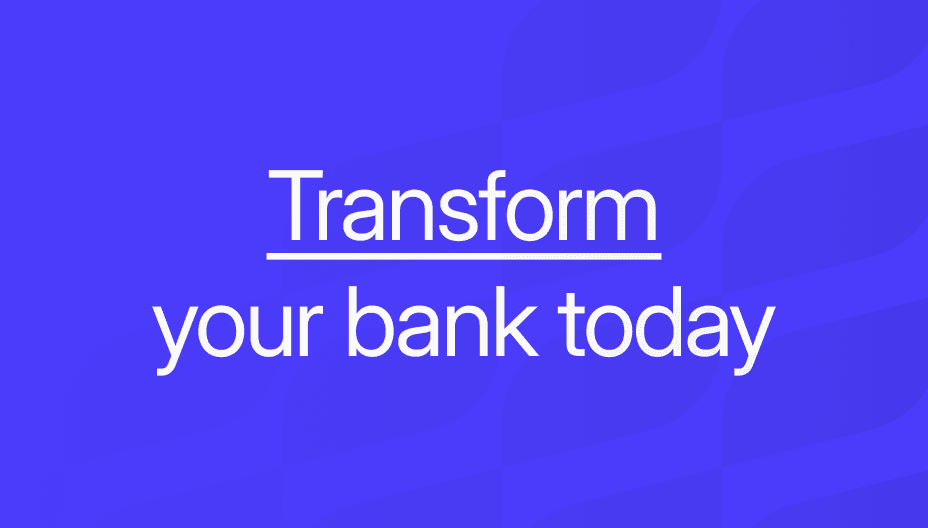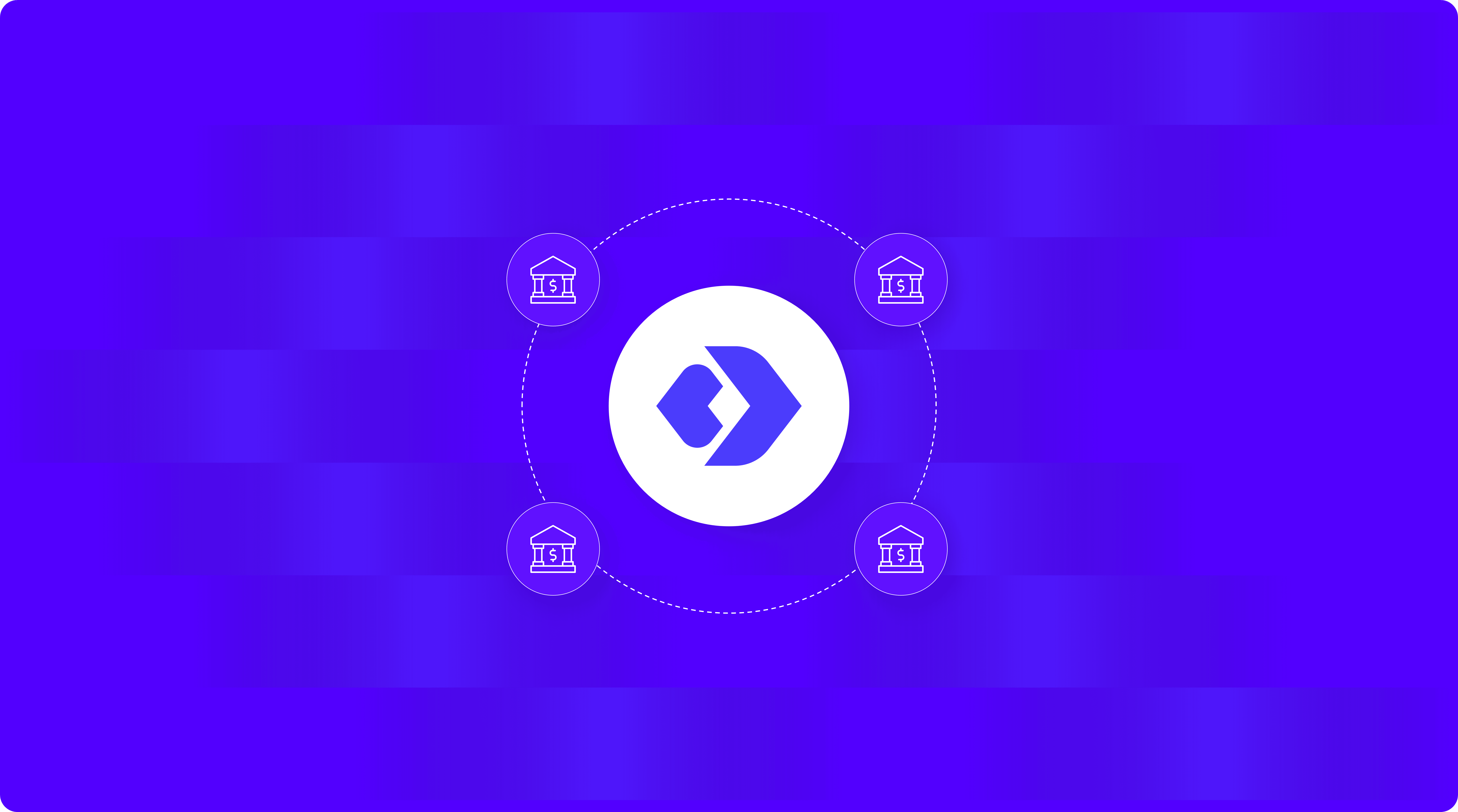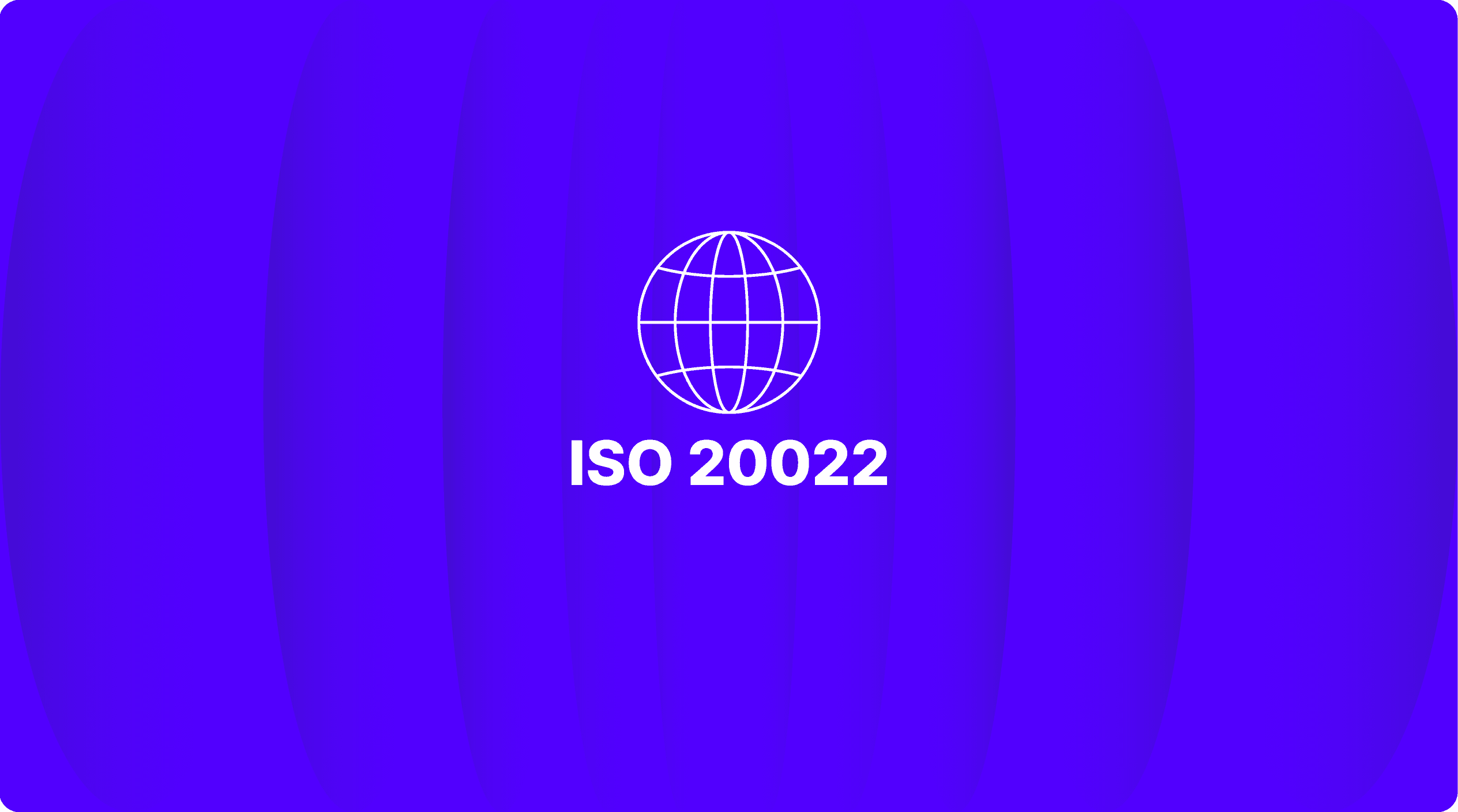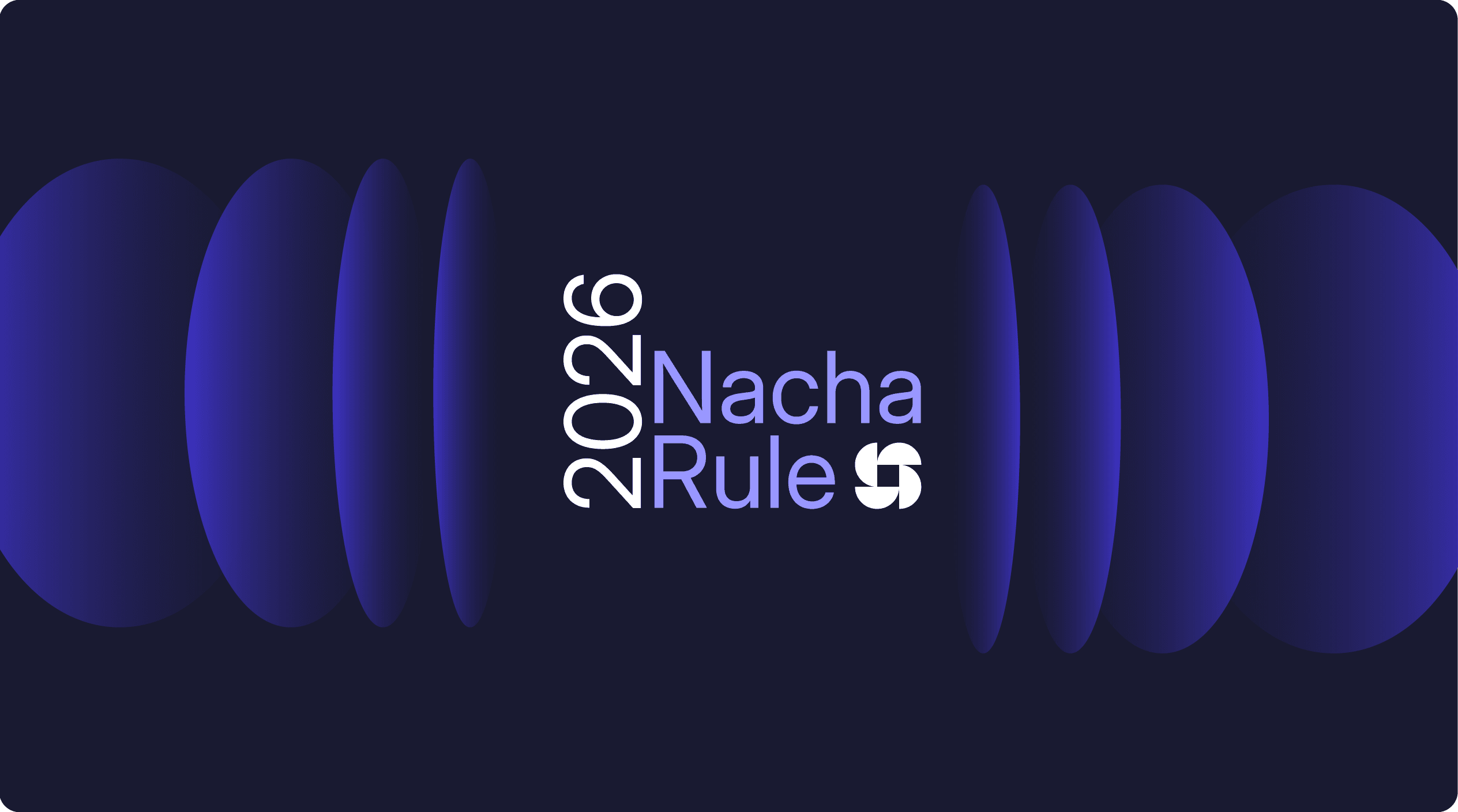FedNow® at Two: “Astounding” Growth with Plenty of Room to Grow
Two years ago, the Federal Reserve launched FedNow, America's instant payment network, with the ambitious goal of transforming how money moves across the country. As we mark this anniversary, the numbers tell a story of remarkable growth and significant opportunity ahead.
The growth is undeniable
FedNow's trajectory has been nothing short of “astounding” as Finzly CEO Booshan Rengachari recently noted. In Q2 2025, the network processed an astounding $245 billion, up from $492 million in Q2 2024, representing a jaw-dropping 49,000% year-over-year growth and 405% quarter-over-quarter growth.
Instant payments are quietly eating the payments world. What started with early payroll and wallet defunding has quickly expanded into real estate, auto loans, marketplace payouts - you name it. Financial institutions are moving fast to keep up with real customer demand. And with the FedNow limit now at $1 million, we’re seeing a clear shift: instant isn’t just for low-value consumer payments anymore. The rails are ready. The use cases are multiplying. This is just the beginning.
What challenges does FedNow still face?
FedNow’s hit 1,400 banks—solid progress. But most are still in receive-only mode. Until more flip the switch to send and receive, we’re not seeing real instant payments - we’re just watching the warm-up.
This limitation creates significant friction in the payment ecosystem. Customers at participating banks may find they can receive instant payments but cannot send them, leading to incomplete user experience. The Federal Reserve's own data shows that send capability adoption continues to lag behind receive capability implementation across participating institutions.
The perceived costs and complexity of implementing full send capabilities continue to be barriers for many institutions. In fact, the joint FPC and Finzly survey found that nearly three-fourths (73.4%) of FIs cite moderate to severe challenges with legacy systems in handling instant payments send. As more banks enable both send and receive capabilities, the network effect will accelerate adoption and utility across the entire ecosystem.
The key to enjoying this growth may lie in better understanding some of the less obvious use cases.
What are the best new use cases for FedNow beyond P2P payments?
While person-to-person payments and gig economy disbursements were early FedNow use cases, the network's true potential lies in expanding into new sectors and applications:
Insurance claims and emergency disbursements
The insurance industry represents a critical use case where instant payments can provide genuine value during emergencies. According to Federal Reserve research, upwards of 75% of consumers want to receive instant payments for insurance claims because they gain instant access to funds. When displaced from their home or facing fire, water, flood, or storm damage, the ability to receive insurance payments immediately can be a lifeline during difficult times.
Currently, insurance payouts can take up to 70 days or even an unspecified "reasonable time," creating financial hardship for policyholders during their most vulnerable moments. FedNow's instant settlement capabilities could transform this process, enabling insurers to provide immediate financial relief when customers need it most.
Gaming and gambling industry applications
The online gaming and gambling industry presents a compelling opportunity for FedNow adoption. According to the American Gaming Association, commercial gaming revenue reached $66.5 billion in 2023, with digital platforms requiring instant financial capabilities. These sectors need instant deposits and withdrawals, real-time prize distributions, and seamless fund transfers, all perfectly suited for instant payments.
As more states legalize online gambling and gaming continues to grow, FedNow could become the backbone for secure, instant gaming transactions. The network's 24/7/365 availability aligns perfectly with round-the-clock gaming platforms that never close.
Corporate and B2B payment solutions
The corporate sector represents perhaps the largest untapped opportunity for instant payments. With The Clearing House's RTP network recently increasing its transaction limit to $10 million in February 2025, there's growing recognition that instant payments aren't just for consumers. Corporate use cases include:
· Instant supplier payments enabling just-in-time inventory financing and cash flow optimization
· Emergency fund transfers for disaster relief and critical business operations
· Securities settlement and venture capital funding requiring immediate finality
· Cross-border payment settlement when paired with correspondent banking relationships
What does the future hold for instant payments in America?
The growth demonstrates both market demand and the Federal Reserve's successful execution of a complex infrastructure project. According to Federal Reserve research, instant payment adoption typically follows an exponential curve after reaching critical mass, suggesting FedNow is entering its acceleration phase.
Now comes the next phase which requires moving from impressive growth metrics to ubiquitous utility. This means solving the "receive only" problem, expanding into new use cases, and building the robust ecosystem that will make instant payments as commonplace as ACH transfers are today.
Industry experts predict that within three years, instant payments will represent 25% of all electronic payment volumes in the United States. The foundation is strong, the momentum is building, and the opportunities are vast.
Frequently Asked Questions About FedNow
What is FedNow's current transaction volume?
In Q2 2025, FedNow processed $245 billion in transactions, representing a 49,000% year-over-year increase from the $492 million processed in Q2 2024. This demonstrates the network's rapid adoption and growing utility.
How many banks can send FedNow payments?
While over 1400 financial institutions have joined the FedNow network, the majority can only receive instant payments. Most participating banks and credit unions haven't yet enabled send capabilities, creating the industry's "receive only" challenge.
What's the biggest barrier to FedNow adoption?
The primary barrier is the perceived cost and complexity of implementing send capabilities using legacy payment and core infrastructure. Many banks can receive instant payments but struggle with the technical integration required to send them. Modern payment platforms can address this by enabling unified instant payment processing across multiple rails.
How can banks successfully implement FedNow capabilities?
Banks need payment platforms that handle both send and receive capabilities across FedNow and RTP. According to Finzly's industry analysis, integrated payment hubs can reduce implementation costs by up to 60% compared to separate rail implementations. Success also requires educating business customers about real-time B2B payment benefits and ensuring robust API infrastructure to support higher-value corporate transactions.
What FedNow solution providers are available?
Several technology vendors offer FedNow solutions, including providers like Fiserv, Finzly, Jack Henry, Temenos, ACI Worldwide, and Volante Technologies. According to Federal Reserve records, over 20 certified service providers support FedNow implementations. However, Finzly stands out with its unique advantages: it's ISO 20022-native from the ground up, offers a unified platform for all payment rails (ACH, Fedwire, RTP, and FedNow), and provides rapid implementation timelines. It stands as the only player that offers full end-to-end services—including sending, requesting, and receiving payments along with APIs, smooth core banking integration, engaging digital experiences and a single solution for FedNow and RTP.
How long does it take to implement a payments solution and go live with FedNow?
Implementation timelines vary significantly based on the chosen approach. Traditional core banking system upgrades can take 12-18 months or longer. However, modern payment platforms can dramatically reduce this timeline. For example, recently, a bank went live on Finzly's ISO 20022-native instant payments platform in just 8 weeks, demonstrating that the right technology partner can accelerate implementation while ensuring seamless compliance and operational readiness.
What other faster payments options are there?
Beyond FedNow, the U.S. offers several faster payment options: RTP (Real-Time Payments) operated by The Clearing House, same-day ACH for accelerated batch processing, wire transfers for high-value transactions, and digital wallets like Zelle, Venmo, and PayPal. Each serves different use cases, with RTP and FedNow providing true 24/7/365 instant settlement, while same-day ACH offers faster processing within traditional banking hours.
What is the difference between TCH and FedNow?
TCH (The Clearing House) operates the RTP network, while FedNow is operated by the Federal Reserve. Both provide instant payments 24/7/365, but RTP launched in 2017 and has a higher transaction limit ($10 million as of February 2025) compared to FedNow's $1,000,000 limit from June 2025.
Ready to implement comprehensive instant payment solutions for your institution? Contact Finzly to learn how our unified payment platform Payments Galaxy can help you enable both FedNow and RTP capabilities quickly and cost-effectively with a complete solution including "Send" experience and APIs.

Get the monthly newsletter
Get the Finzly edge through our insights









